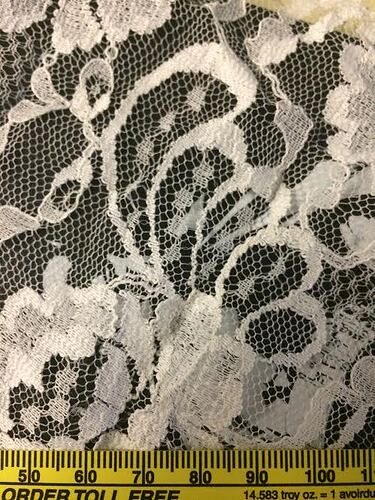To all:
I have cast lace and match sticks among other difficult items.
Chicken bone were the worst. Won’t do that anymore.
Would recommend molding these items first. Silicone molds will mold
most anything.
Not that I know the absolute best way to cast this stuff, this is
how I do it successfully for me.
The problem is that you will create ash in the process. If you can’t
eliminate the ash you will have a bad cast.
Here’s my approach. Soak the lace in hot liquid paraffin wax and
paper towel dry. This leave the detail and saturates the lace with
wax.
You may have to work on wicking the extra wax from the lace.
Here is the key, spru the piece straight up and invest.
Make sure you have a complete burn out cycle. I usually go
overnight.
Your flask temperature should peak at 1350 F and stay there for at
least four hours. This will burn everything, but not eliminate ash
from the flask.
Bring the flask down to 900 F to 1000F for casting. Now here is the
important part.
With the spru side down tap the flask and watch the ash fall out. I
tap with an old screw driver. Do this and look inside the spru hole
to see if there is any ash left. Keep doing this until the ash appear
to be gone.
Keep this in mind this flask is approximately 1000F. While I have
had some bad cast this way, most have turned out. You might set up
two or three pieces just in case the one doesn’t work.
This should take all of a minute at the most. Your flask will drop
in temperature so cast as soon as you feel the ash is gone.
As a historic note, my mentor Ray said in the old days (1940s -
1960s)they used to cast pieces like lace and wood and let the flask
cool to room temperature. When the flask was room temperature they
would turn the flask upside down and pour Mercury into the hole. By
swirling the flask and pouring the Mercury back out, it collected the
ash and you would heat the flask up a second time and cast. The
Mercury would collect the ash and clean the flask of residue. It
would not leave a residue and you cast away.
Would not recommend the Mercury process although it did work for
them.
Good luck and remember: Old school is good school,
Peace,
Todd Hawkinson
